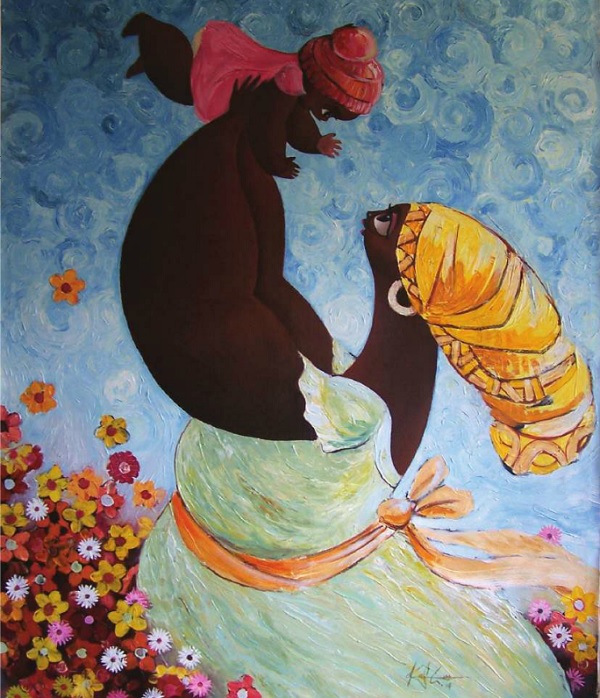
An anonymous writer insight-fully observed that “although a dream is a very strange phenomenon and an inexplicable mystery, far more inexplicable is the mystery and aspect our minds confer on certain objects and aspects of life”. This mindset was monumental in the introduction of surrealism in both literature and visual arts in the first quarter of the 20th century in Europe, writes Nathan Kiwere.
The Surrealist artists sought to channel the unconscious as a means to unlock the power of the imagination. Disdaining rationalism and literary realism, and powerfully influenced by psychoanalysis, the Surrealists believed the rational mind repressed the power of the imagination, weighting it down with taboos.
Influenced also by Karl Marx, they hoped that the psyche had the power to reveal the contradictions in the everyday world and spur on revolution. Their emphasis on the power of personal imagination puts them in the tradition of Romanticism, but unlike their for-bearers, they believed that revelations could be found on the street and in everyday life.
Call it history repeating itself or simply picking art from history books, Jude Kasagga has cut his teeth in Surrealist ideology, albeit with an indigenous outlook. His impulse to tap the unconscious mind punctuated by his interest in myth and primitiv-ism has gone on to shape his aesthetic sensibilities as evidenced in his paintings.
His signature lies in the hyperbolic interpretation of the human figure. In this case he uses the African woman as his subject; portraying her with outlandishly inflated body parts particularly the limbs with disproportionately small heads. These are placed in quite unfamiliar settings that are embellished with natural or artificial affluence.

“Day Dreaming” is one of the paintings about a seated woman in a pondering posture. She has the characteristic balloon-like arms attached to miniature hands, a humongous bust and neck connected to a small head.
The artist does not hide the gorgeous facial features of the woman; sexy goggle eyes, small long nose, painted luscious lips capped by bold and pronounced eyes brows and eye lashes – a typical modern African beauty with layers of make-up. But then the blue complexion in which the artist renders her skin poses a contradiction of this seeming beauty, instead she reminds us of an ogre, a frightening monster known in fairy tales. Another work is about a woman playing with her baby, with the same overstated features but this time having the normal skin tone of a black woman.
When it comes to this kind of art, there is no shortage of inspiration from past and present of artists that choose to bypass reason and rationality by accessing their unconscious mind. The Accommodations of Desire, a 1929 painting by Salvador Dali, arguably the godfather of Surrealism, is a prime example of Dalí’s ability to render his vivid and bizarre dreams with seemingly journalistic accuracy. He developed the paranoid-critical method, which involved systematic irrational thought and self-induced paranoia as a way to access his unconscious.
He referred to the resulting works as “hand-painted dream photographs” because of their realism coupled with their eerie dream quality. Conversely, at 35-years of age, Kasagga, a graduate of art from Kyambogo University still has a lot to prove his place in the league of the Surrealist fraternity.
Since 2010 he has been engaged in different group and individual exhibitions oscillating between Kampala and Nairobi where some of his works can be seen at some selected Java House restaurants, among other public spaces.
***
editor@independent.co.ug
 The Independent Uganda: You get the Truth we Pay the Price
The Independent Uganda: You get the Truth we Pay the Price



